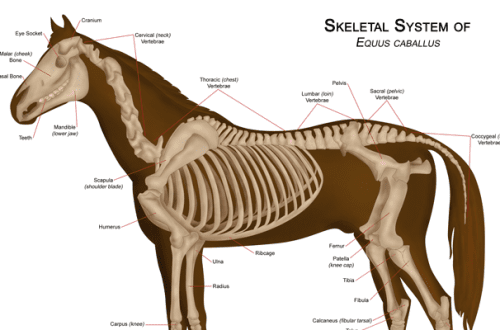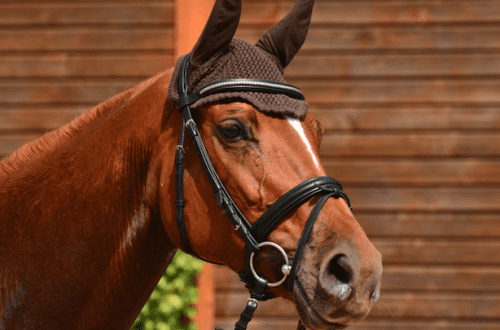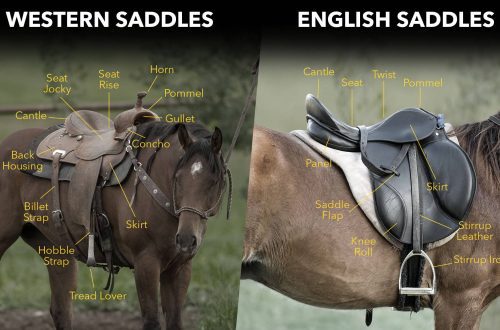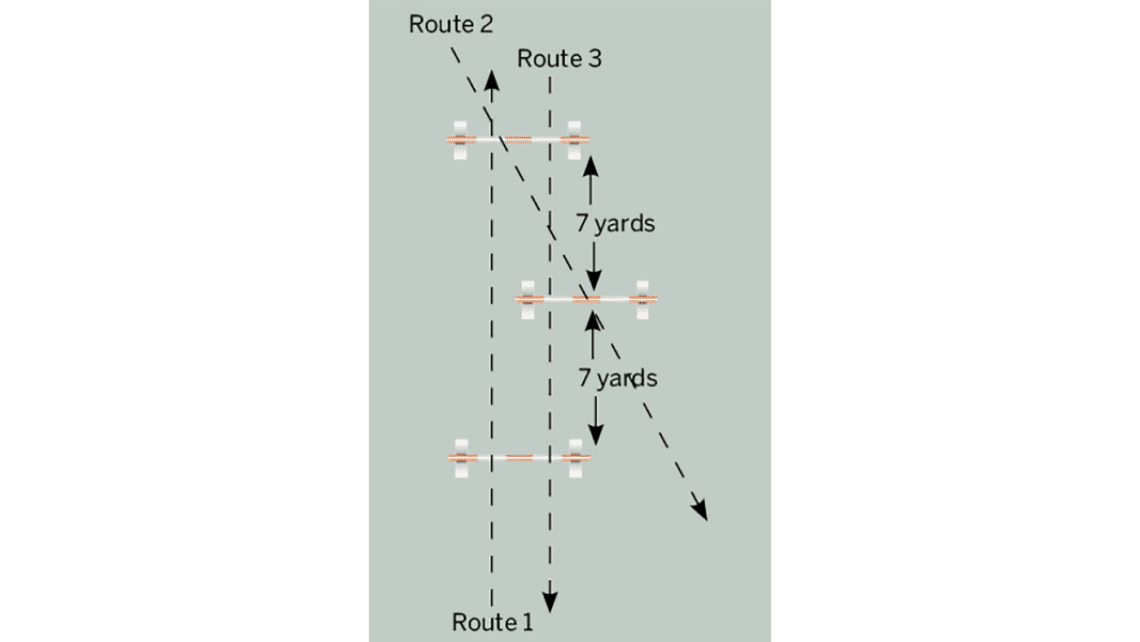
Working in rows for experienced horses (exercises)
Working in rows for experienced horses (exercises)
1. Warm up using this pattern. Despite its apparent simplicity, there is something to work on here!
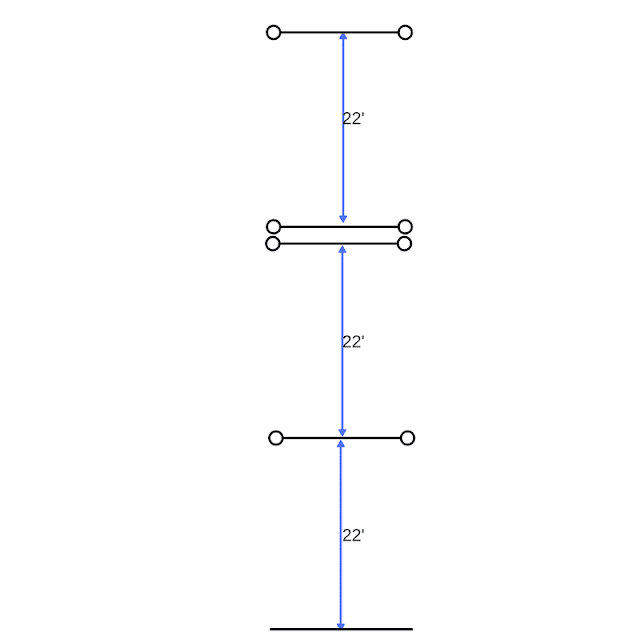
2. This scheme is quite complex and is ideal for experienced horses who are a little lazy! Start with a pole on the ground, then follow a pace row of two hurdles and another pole on the ground, then a tempo row of three hurdles, and then the last pole on the ground.
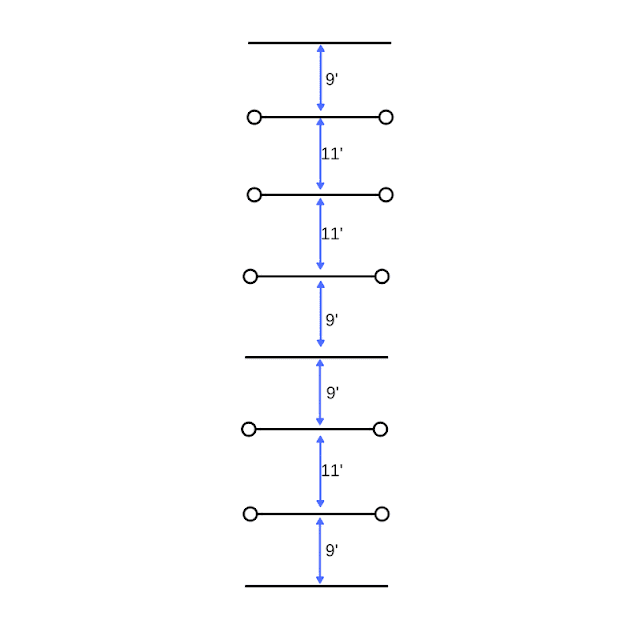
3. This chart will help your horse focus on work:pole on the ground, vertical, through the pace oxer, which is the first obstacle in the row to the pace, at the end – pole on the ground!
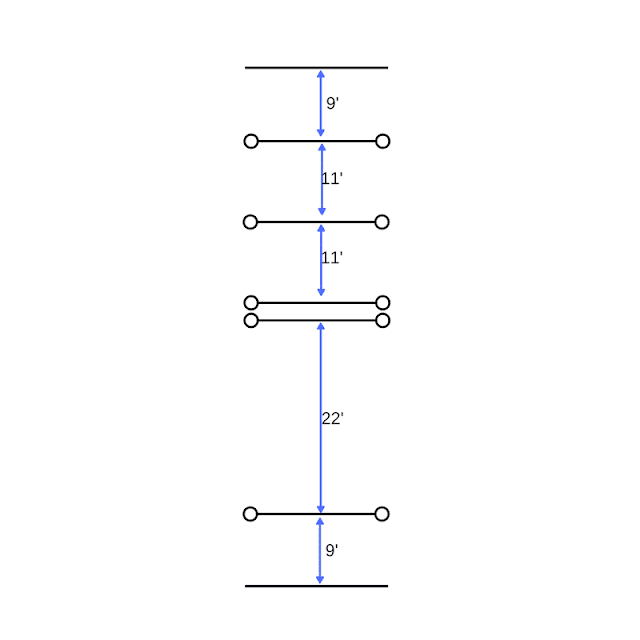
4. This scheme will also force the horse to focus!
Start with a pole on the ground, then a tempo row, through a vertical tempo, and finally a pole on the ground, completing the pattern!
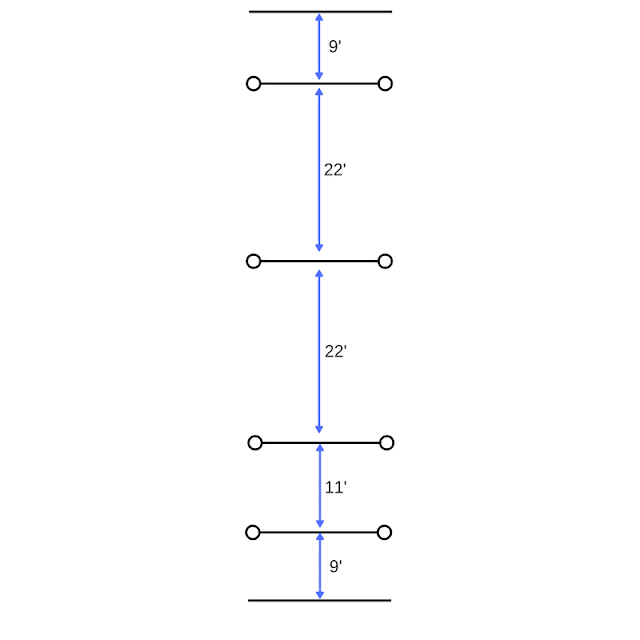
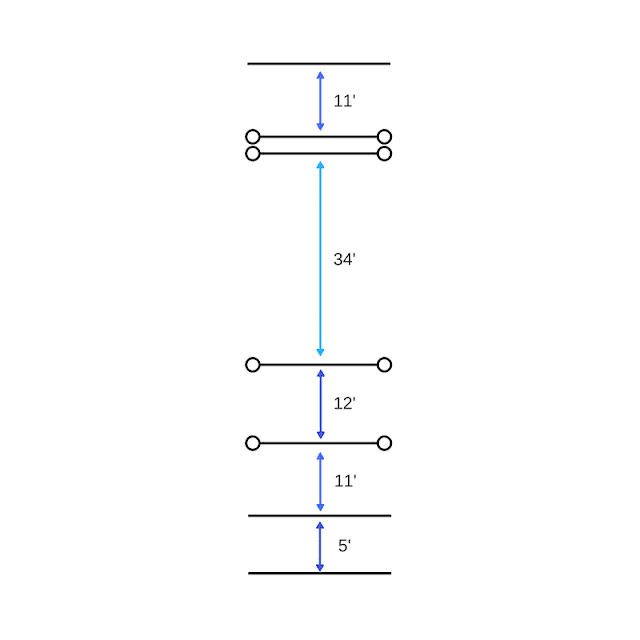
5. This L-shaped circuit is quite simple. Place four poles on the ground at trot distance. Then, after turning to the right, we make a row for a canter: a pole on the ground, a row in pace, another pole on the ground and at the exit oxer.
Trot over the first poles. After the last one, raise the horse into a gallop and turn right. Gallop around the corner and enter the row, trying to overcome the poles and obstacles strictly in the center.
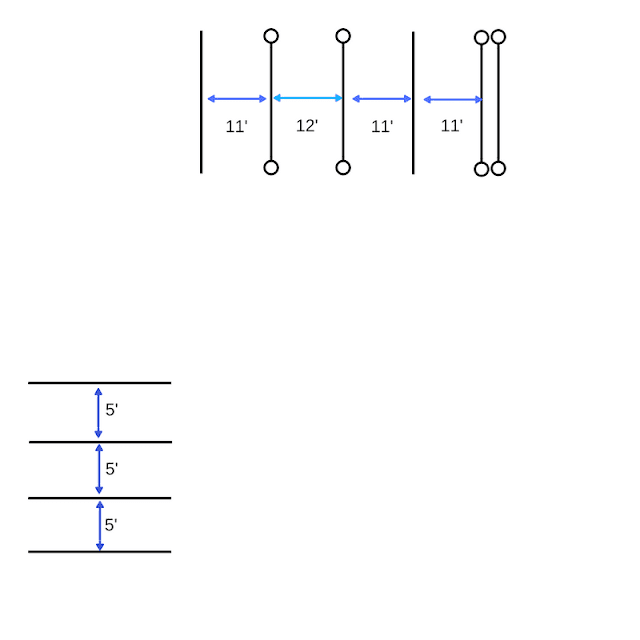
6. This pattern is easy to build, but difficult for the horse. Place the pole on the ground, follow it with a row at pace, and finally place another pole on the ground for the canter. Then turn to the right and another pole (it will help the horse to turn correctly). Then make another turn to the right and enter another row – two canter poles, a vertical and two more poles.
This scheme can be galloped as left as well as right. You can start from any direction.
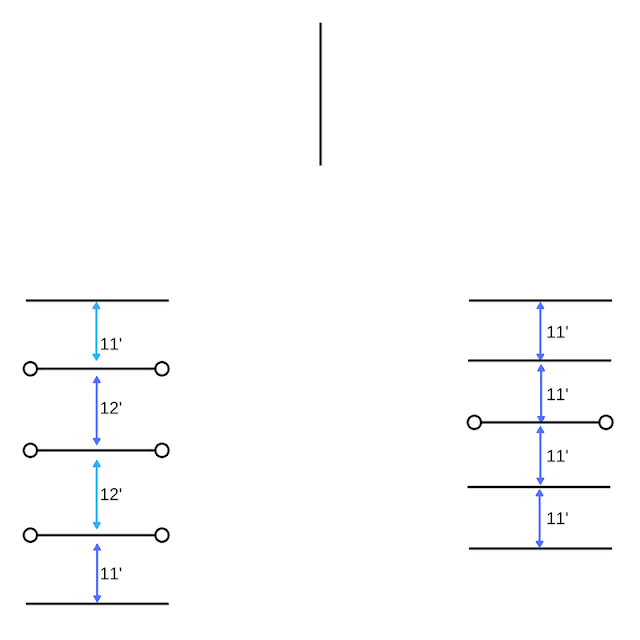
7. Place five trot poles, turn right. This is followed by a vertical, a canter pole and a vertical. After turning right, a canter pole, a vertical, two canter poles, a vertical and then two more canter poles.
This circuit can be passed from any side. You will be able to master the transition from trot to canter and vice versa.
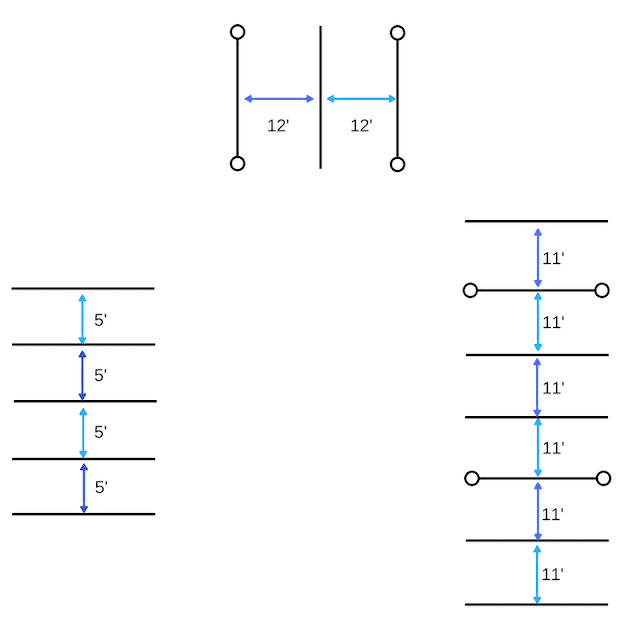
8. U-shaped diagram.
We start from the left side – we put three canter poles, then we set the vertical through the pace and another through the pace – the oxer. After turning to the right, we build a row at the pace of three raised poles. Finally, we make another turn to the right and put down six canter poles.
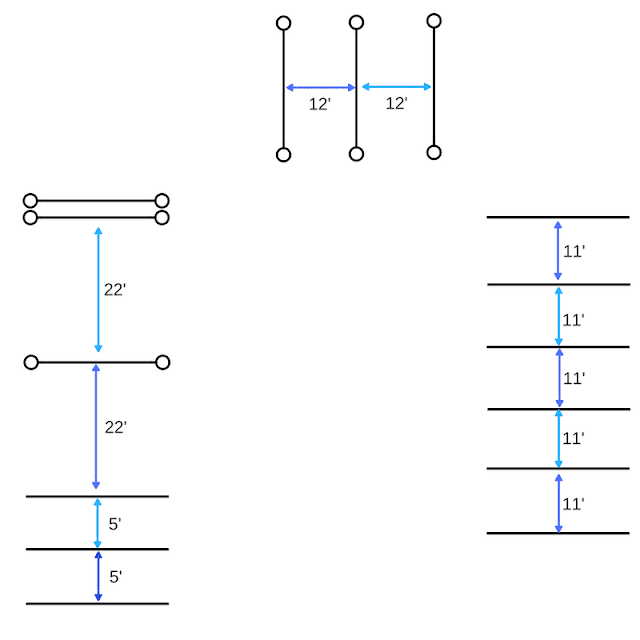
Translation by Valeria Smirnova based on site materials http://www.theridersreins.co.uk.



